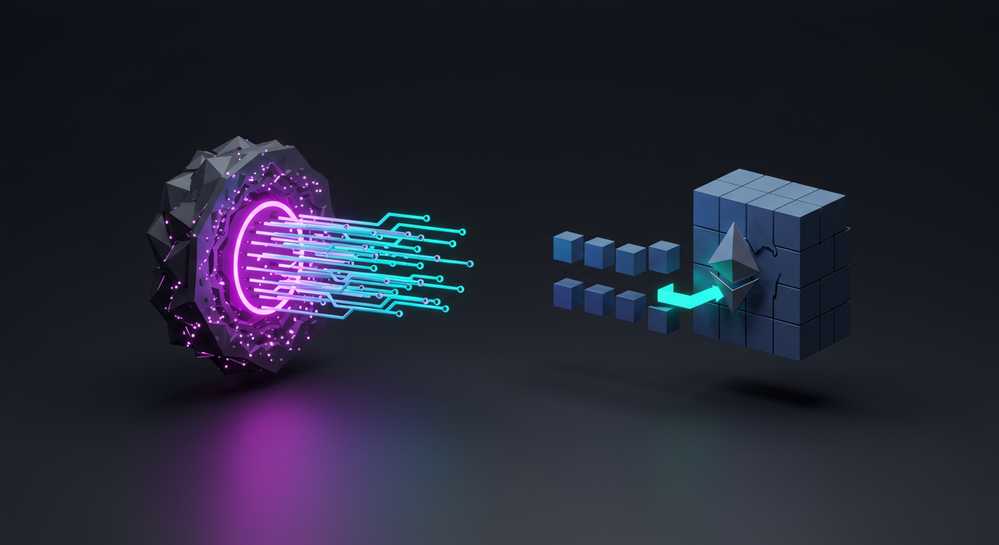
What is the Solana Virtual Machine explained
Solana is renowned for its high-speed and low-cost transactions, but what is the core technology that makes this possible? The answer lies in its unique architecture, specifically the what is solana virtual machine (SVM). This execution environment is the engine that processes smart contracts and transactions on the network, and understanding it is key to grasping what sets Solana apart from its competitors in the crowded blockchain space.
Contents
Understanding the Solana Virtual Machine (SVM)
The Solana Virtual Machine, or SVM, is the computational engine at the heart of the Solana blockchain. Unlike a physical machine, the SVM is a specialized software environment designed to execute smart contracts and process transactions with extreme efficiency. It serves as the runtime that interprets and runs the code submitted by developers, ensuring that all operations on the network are handled securely and deterministically. Its primary purpose is to enable the high throughput that Solana is known for, managing the state of the blockchain and updating it as new transactions are confirmed.
The core function of the Solana Virtual Machine
Think of the SVM as the central nervous system for the Solana network. Every time a user interacts with a decentralized application, swaps a token, or mints an NFT, the SVM executes the underlying smart contract code. Its design is fundamentally different from many other virtual machines because it focuses on massive parallel processing. This allows it to handle tens of thousands of non-conflicting transactions simultaneously, which is the secret to its renowned speed and low costs. This parallel architecture is a key component of Solana’s value proposition.
How SVM differs from the Ethereum Virtual Machine (EVM)

The most significant distinction between the Solana Virtual Machine and the Ethereum Virtual Machine lies in their core design philosophy. While the EVM set the standard for smart contracts, the SVM was engineered specifically to overcome the scalability bottlenecks inherent in its predecessor. This architectural divergence is the primary reason Solana can achieve a much higher transaction throughput, directly impacting network speed and user fees.
Understanding these differences is key to seeing the SVMs value. The core distinctions are:
- Execution Model: The EVM processes transactions sequentially, one after another in a single thread. In contrast, the SVM uses a parallel processing model called Sealevel. It can execute multiple non-conflicting transactions at the same time, which dramatically increases efficiency.
- State Management: Solana requires transactions to declare which accounts they will read or write to beforehand. This allows the network to identify which transactions can run in parallel without conflict. The EVM lacks this feature, forcing its sequential approach.
- Programming Languages: The EVM primarily uses Solidity. The SVM offers greater flexibility, supporting more common and performant languages like Rust and C++, which attracts a broader base of developers.
Key features and advantages of the SVM

The unique design of the Solana Virtual Machine translates into several practical advantages for both developers and users. These features are not just theoretical improvements; they directly impact the performance, cost, and scalability of applications built on top of it. This makes understanding the SVM crucial for anyone in the Web3 space.
Unmatched parallel processing with Sealevel
The SVMs flagship feature is Sealevel, its parallel transaction runtime. By allowing the network to process thousands of non-conflicting transactions simultaneously, Sealevel eliminates bottlenecks common in single-threaded blockchains. This means an NFT mint on one app does not wait for a DeFi trade on another, reducing network congestion and wait times significantly.
Optimized for low fees and speed
Parallel processing directly leads to lower transaction fees. Because the network can handle a massive volume of transactions efficiently, there is less competition for block space. This supply and demand dynamic keeps costs for users extremely low, often fractions of a cent. Developers can build complex applications without worrying that high fees will deter users.
Multi-language support for developers
By supporting established programming languages like Rust and C++, the SVM opens the door to a wider pool of developers. They do not need to learn a blockchain-specific language like Solidity. This lowers the barrier to entry for building on Solana and allows teams to leverage existing tools and talent to create secure applications.
The rise of SVM beyond the Solana ecosystem

Initially designed exclusively for the Solana network, the Solana Virtual Machine’s high-performance architecture is now being adopted by other projects. This trend highlights the growing demand for scalable and efficient execution environments beyond the Ethereum ecosystem. The concept of a modular blockchain, where different layers are handled by specialized chains, has made the SVM an attractive option for new networks seeking speed.
Projects like Eclipse are building Layer 2 solutions that use the SVM as their execution engine, aiming to bring Solana’s speed to other ecosystems. Furthermore, Neon EVM has created a compatibility layer that allows developers to deploy Ethereum dApps on Solana. This effectively bridges the gap between the two virtual machines. This interoperability shows the SVM is not just a competitor to the EVM but a powerful technology that can be integrated across the broader Web3 landscape to enhance performance for everyone.
The Solana Virtual Machine is more than just a technical component; it is the engine driving a new wave of scalable and user-friendly blockchain applications. Its parallel processing architecture fundamentally solves the performance bottlenecks that have limited previous networks. As its influence grows beyond Solana, the SVM is proving to be a critical piece of infrastructure for the future of Web3. To dive deeper into automated trading solutions, explore the Ton Trading Bot for your portfolio.



